If you’re embarking on an interior design journey, you’ve likely realized that one of the most impactful aspects of creating a beautiful and harmonious space is choosing the right color scheme. Color has the power to transform a room, evoke emotions, and set the tone for your entire living space. In this beginner’s guide to interior design color schemes, we will explore the fundamentals of color theory, how to choose the perfect color palette, and practical tips for bringing your vision to life.
Table of Contents
The Power of Interior Design Color Schemes
Colors have the power to evoke various feelings and set the tone for a room. It’s essential to understand the psychology of colors before making a choice. Warm colors like reds, oranges, and yellows can create an inviting and energetic atmosphere, while cool colors like blues and greens bring a sense of calm and relaxation.
Understanding Color Theory
Before diving into the world of interior design color schemes, it’s essential to understand the basics of color theory. Color theory is the science of how colors interact and how they can be combined to create pleasing aesthetics. It revolves around three primary components: hue, saturation, and value.
The Basics of Hue
Hue refers to the actual color itself, whether it’s red, blue, yellow, or any other shade. Understanding the psychological effects of different hues is crucial in interior design.
Saturation and Its Impact
Saturation deals with the intensity of a color. A highly saturated color appears vivid and bold, while a less saturated one appears muted. We’ll explore how saturation can influence the mood of a room.
The Importance of Value
Value relates to the lightness or darkness of a color. Knowing how to balance light and dark shades is key to creating a well-balanced color scheme.

Choosing the Right interior design color schemes
Now that we have a grasp of color theory, let’s discuss how to select the perfect color palette for your interior design project.
Consider Your Space and Its Purpose
Different rooms serve different purposes. Learn how to choose colors that align with the function of each space, whether it’s a cozy bedroom or a vibrant living room.
Creating a Mood with Colors
Discover how various colors can evoke specific emotions and moods. From calming blues to energetic yellows, your choices can significantly impact the ambiance of your home.
Harmonizing Colors
Learn about color harmonies such as complementary, analogous, and triadic color schemes. These harmonies can help you create a visually appealing and cohesive look.
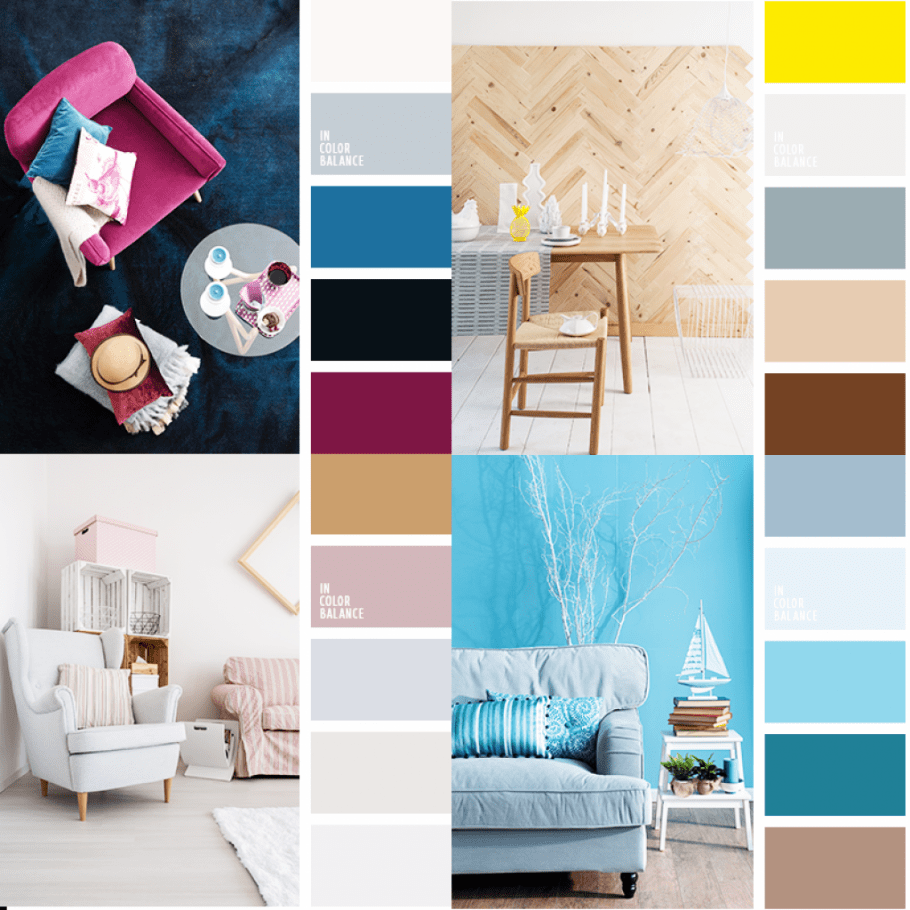
Practical Tips for Implementation
With your color palette in mind, it’s time to put your interior design ideas into action.
Test Paint Samples of your interior design color schemes
Before committing to a paint color, always test samples on your walls. Natural and artificial lighting can alter how a color appears.
Balance your interior design color schemes with Neutrals
Neutrals like white, beige, and gray are the unsung heroes of interior design. Discover how to use them to balance and accentuate your chosen colors.
Consider Texture and Finish With Your interior design color schemes
The texture and finish of your materials can impact the way colors are perceived. you need to selecte the right textures and finishes for your design.
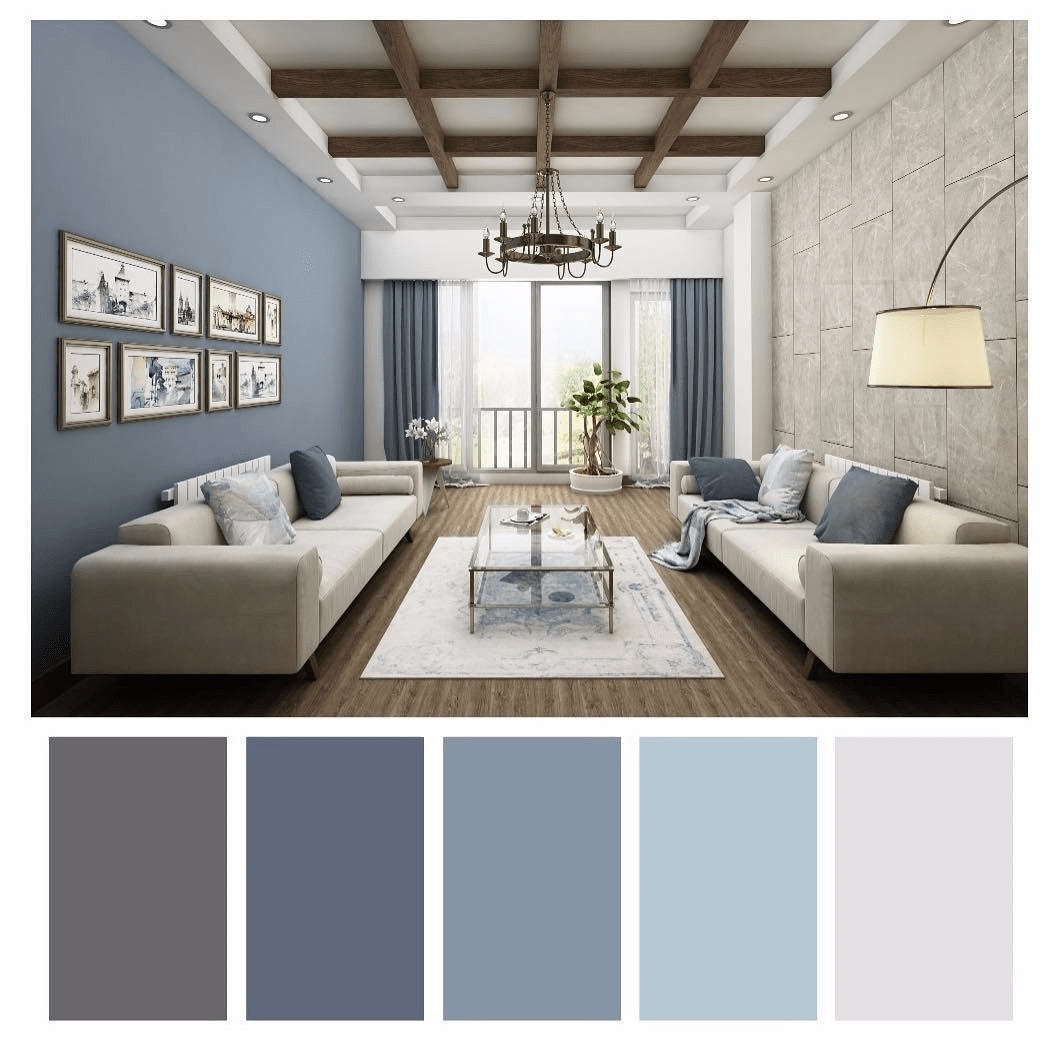
Experiment with interior design color schemes of Accent Walls
One of the creative ways to add depth and character to a room is by incorporating an accent wall. An accent wall is a single wall painted or decorated differently from the rest of the room. This allows you to introduce a bold or contrasting color without overwhelming the entire space. Consider using vibrant colors or unique textures for your accent wall to make a stunning focal point.
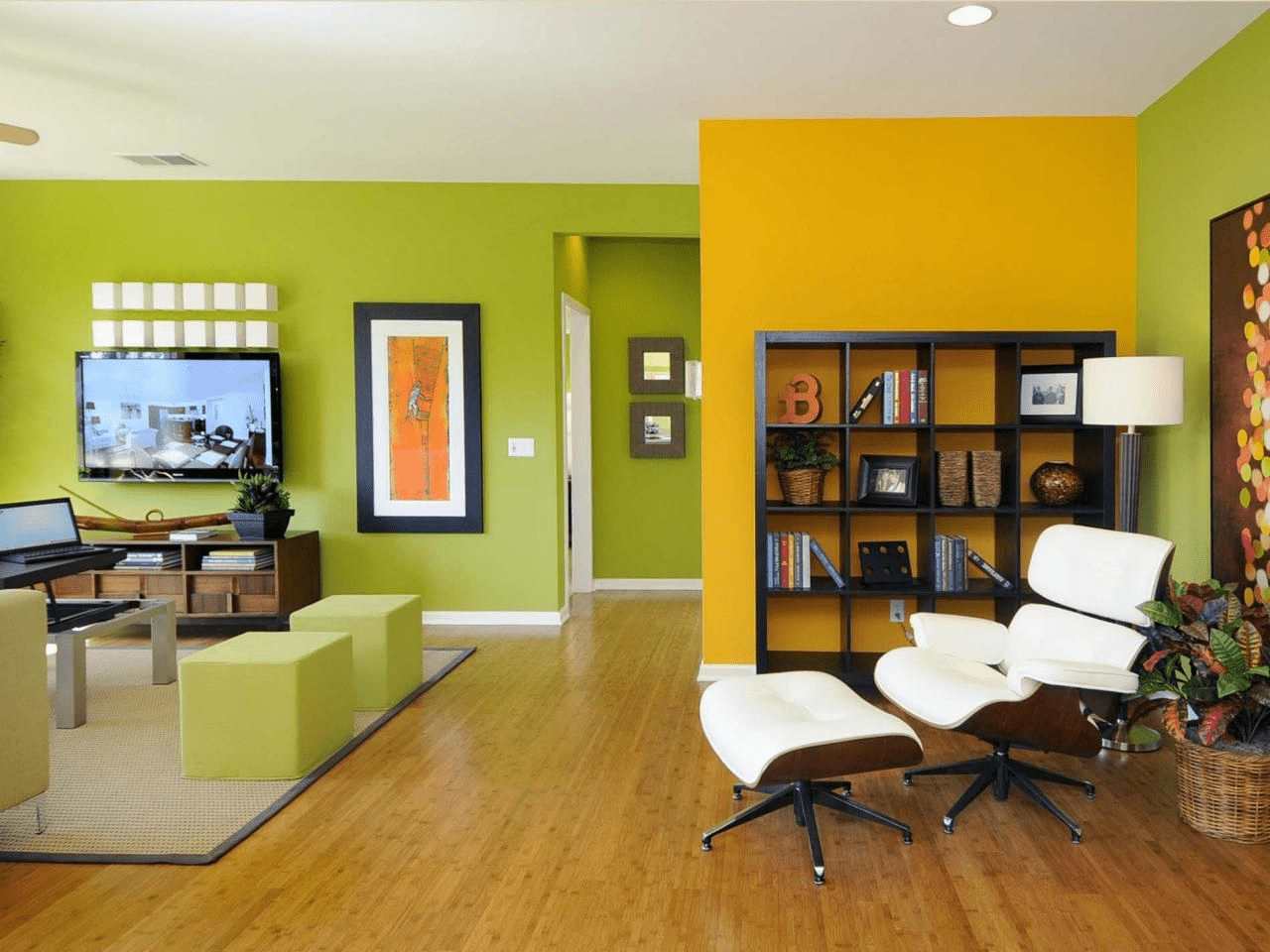
The Timeless Elegance of Monochromatic interior design color schemes
Monochromatic color schemes involve using different shades and tones of a single color. This creates a sense of elegance and simplicity. Monochromatic designs work well in both contemporary and traditional settings. For example, you can choose varying shades of blue, from pale sky blue to deep navy, to create a serene and sophisticated atmosphere.
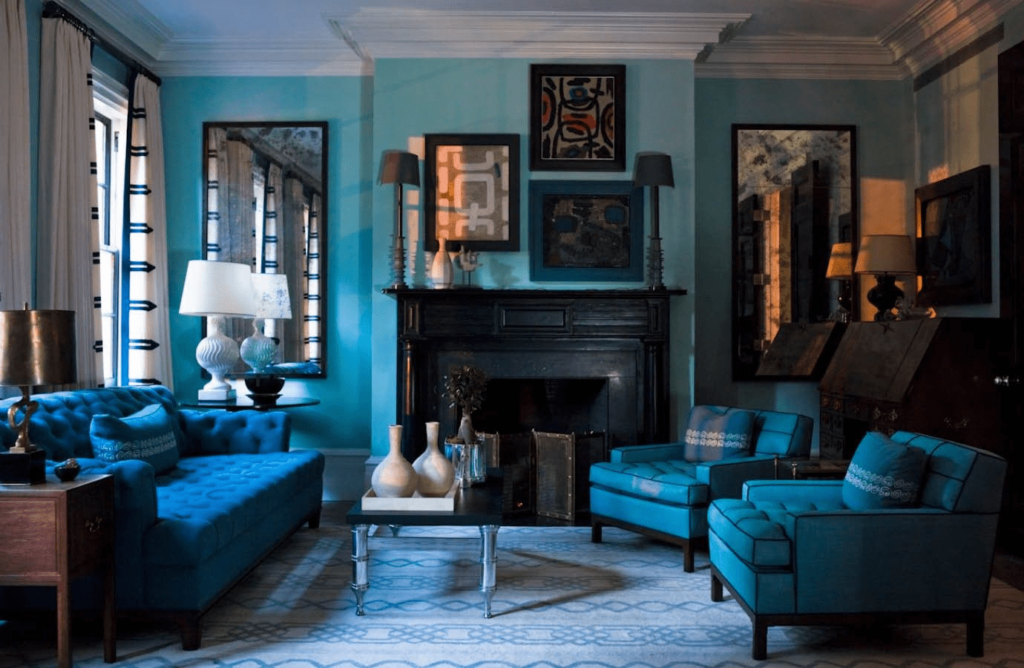
Incorporating Patterns and Textiles
Colors are not limited to walls; they also extend to patterns and textiles. Explore how patterns in your furniture, curtains, rugs, and decor can enhance your chosen color scheme. Mixing patterns can add visual interest and depth to your interior design. Just be sure to maintain a sense of balance and coordination to prevent a chaotic look.
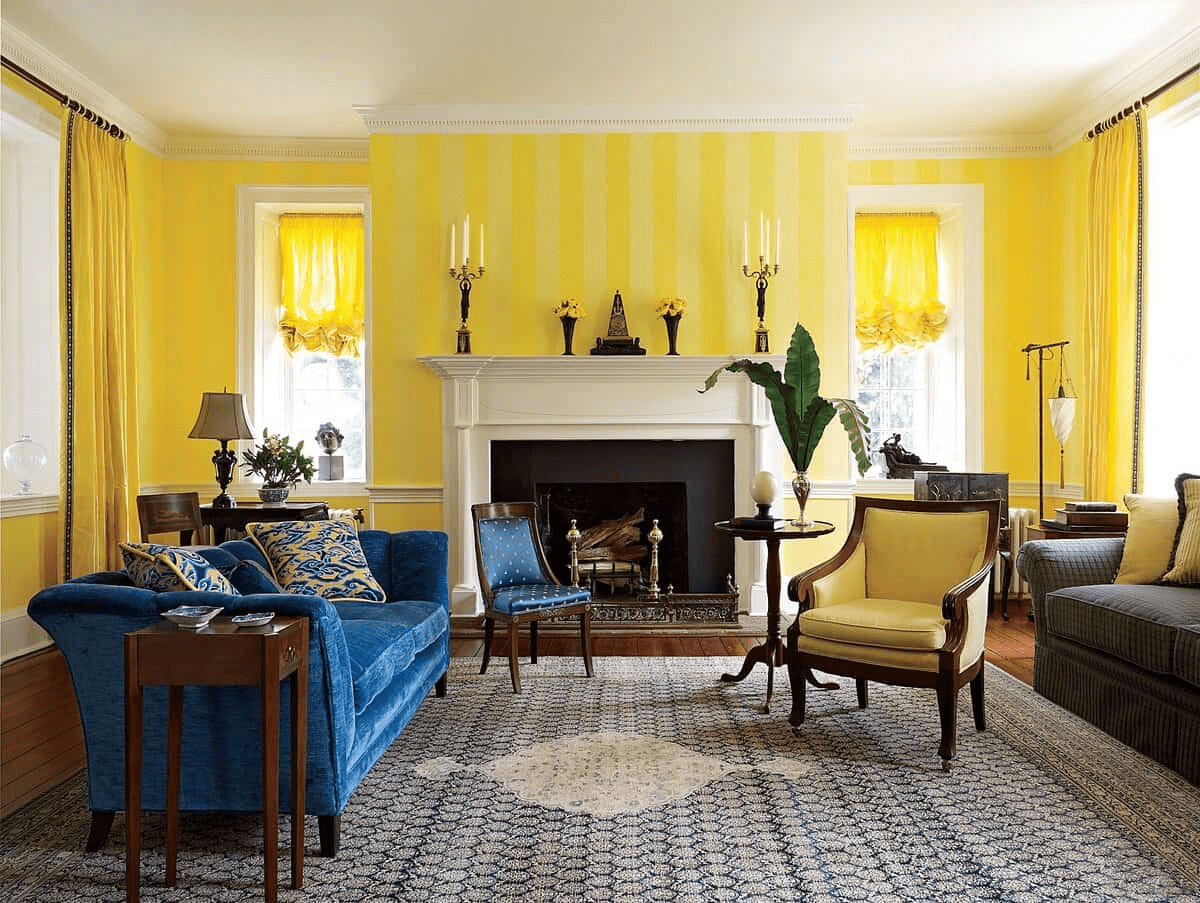
Creating Flow between Rooms With interior design color schemes
When designing the color schemes for different rooms in your home, it’s essential to create a sense of flow and continuity. Here are some strategies to achieve this:
Use a Common Color
Select one color that appears in all rooms to connect them visually. This could be a particular shade or accent color that ties the spaces together.
Gradual Transition
If you want to transition from one color scheme to another, do so gradually. Use transitional spaces like hallways or open-concept areas to bridge the gap between rooms with distinct color schemes.

Embracing Natural Light
Natural light can significantly influence the way colors appear in a room. When planning your color scheme, consider the orientation of your windows and the amount of sunlight each room receives. Rooms with abundant natural light can handle bolder colors, while spaces with limited light may benefit from lighter, reflective hues.
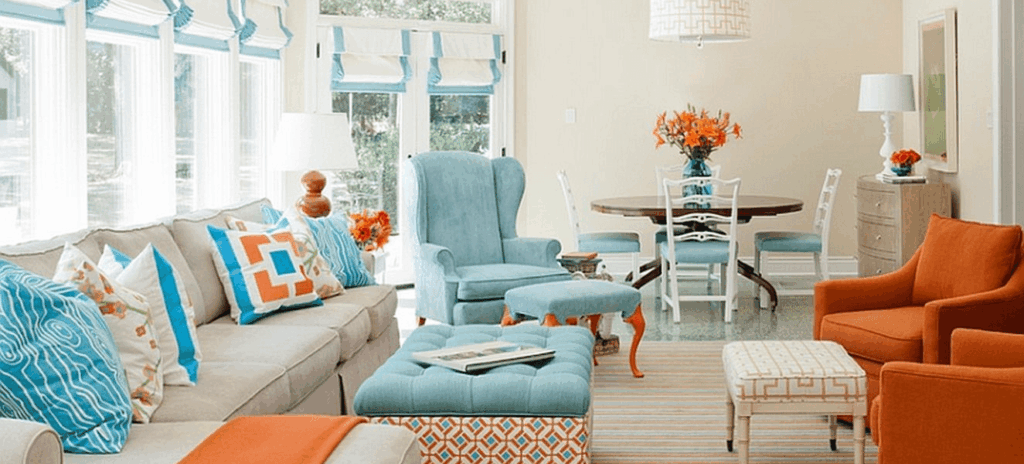
Eco-Friendly interior design color schemes Choices
In today’s eco-conscious world, many interior designers and homeowners are opting for environmentally friendly paint and material options. Look for low-VOC or VOC-free paints, which emit fewer harmful chemicals into the air. Additionally, consider sustainable materials and eco-friendly decor items to create a greener and healthier living space.
Trending interior design color schemes: What’s In
The colors we choose for our interiors can significantly impact our moods, emotions, and overall well-being. From calming neutrals to bold and vibrant hues, the world of interior color schemes offers a vast playground for creativity. Let’s delve into the latest trends that are reshaping the way we decorate our living spaces.
Neutral Elegance: Shades of Gray
Gray has emerged as a versatile and sophisticated choice for interior spaces. Whether you opt for light dove gray or deep charcoal, this color adds a touch of elegance to any room. Gray pairs beautifully with both warm and cool tones, making it a favorite among interior designers.
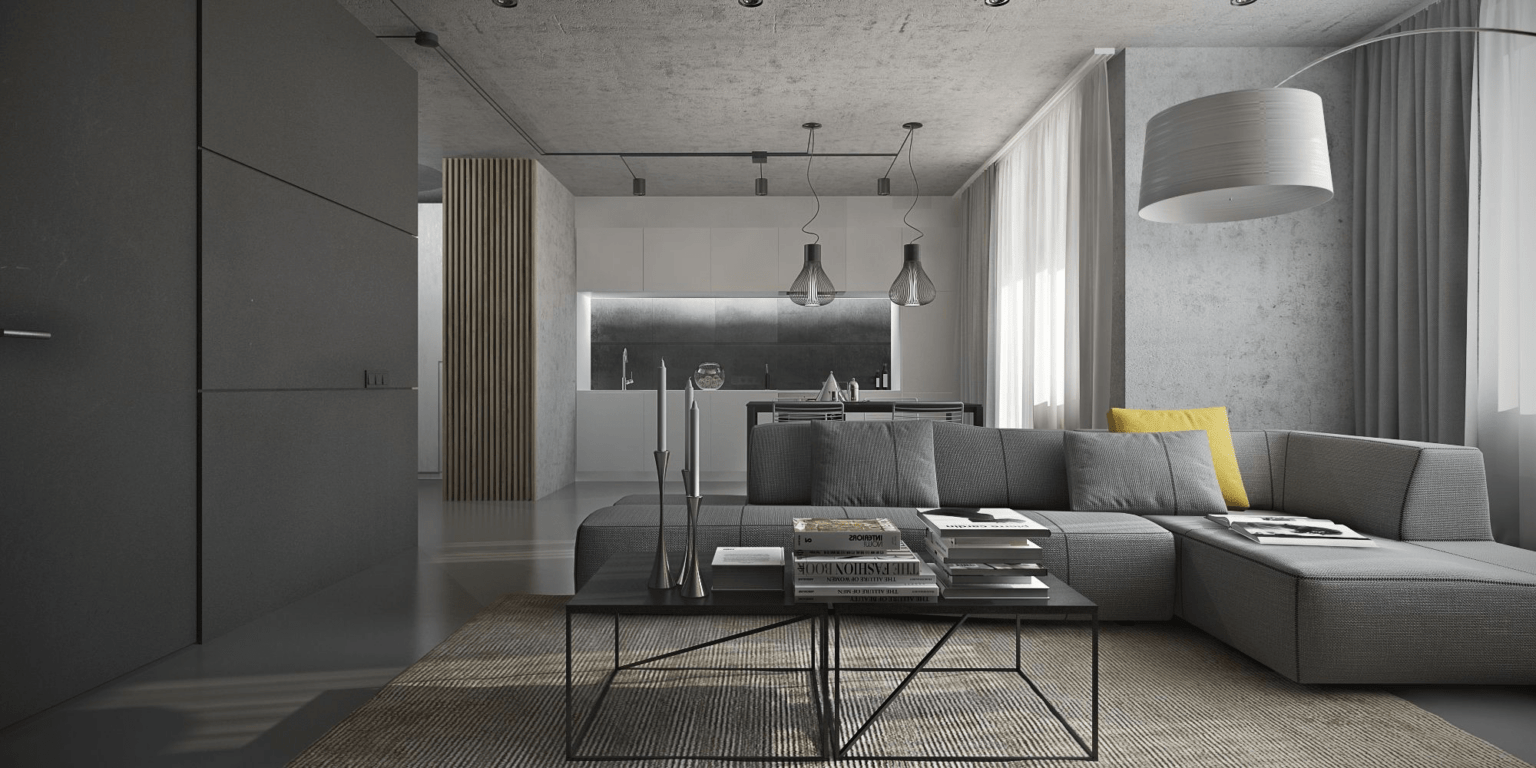
Earthy and Warm: Terracotta Tones
Terracotta, reminiscent of sun-baked clay, has made a remarkable comeback. Its warm and earthy tones can instantly infuse a space with coziness and rustic charm. Terracotta pairs exceptionally well with natural materials like wood and stone.
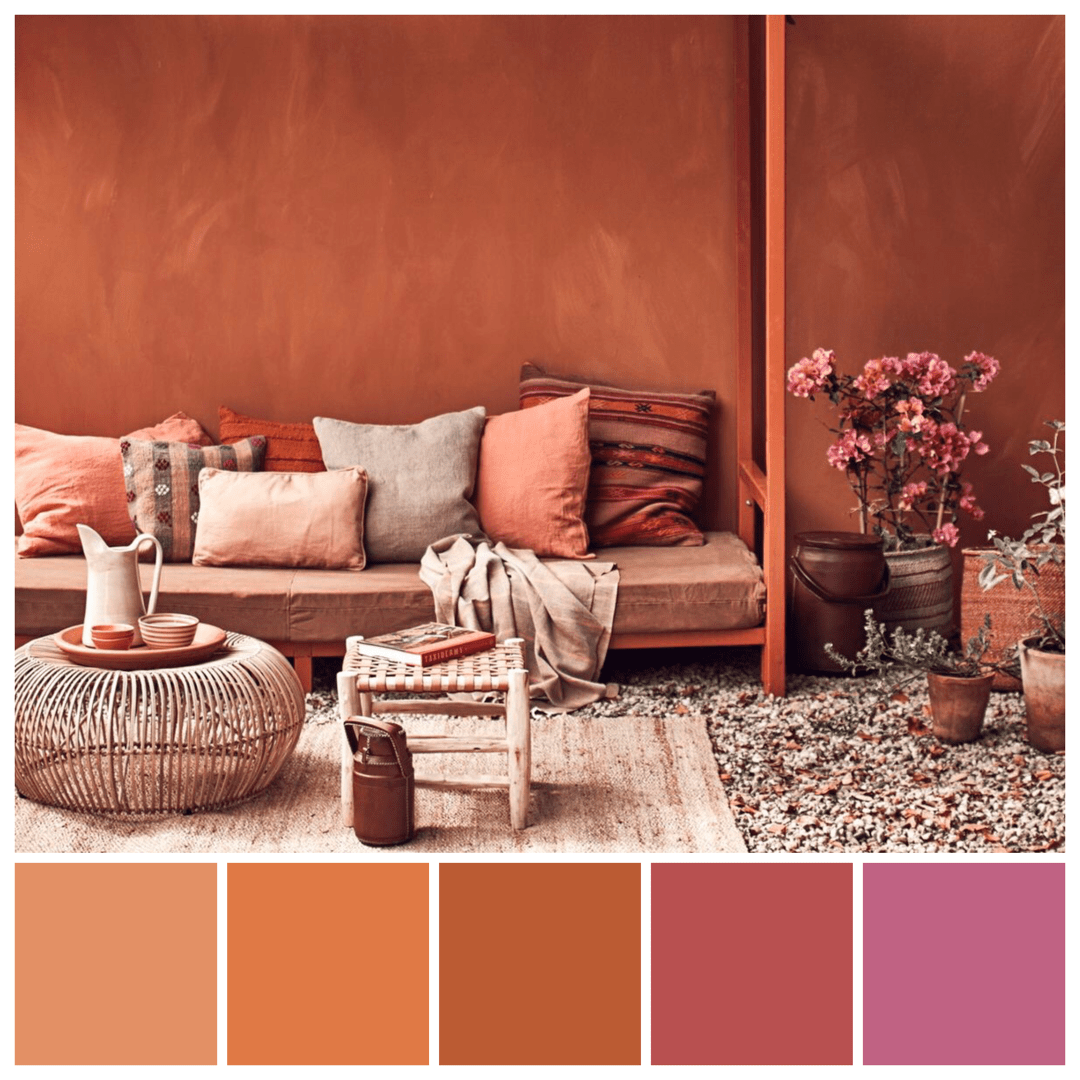
Timeless Classic: Navy and White
Navy blue paired with crisp white creates a timeless and nautical-inspired interior. This classic combination brings a sense of freshness and sophistication to any room. Consider using navy as an accent color to make a bold statement.
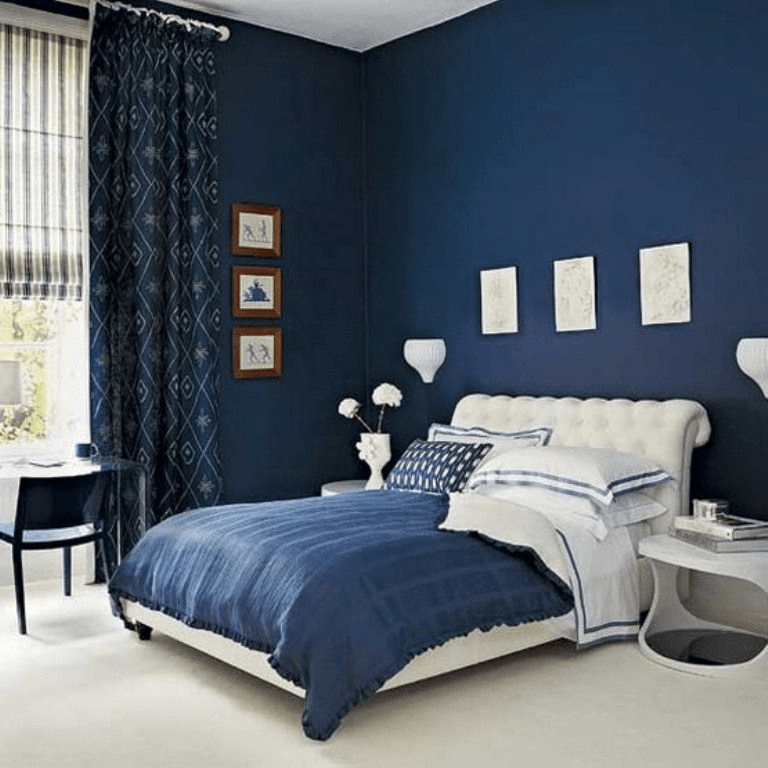
Vibrant and Playful: Citrus Shades
For those who love a pop of color, citrus shades like lemon yellow and tangerine orange are in vogue. These lively hues inject a sense of energy and playfulness into your home decor. Use them as accent colors or go bold with citrus-inspired furniture pieces.
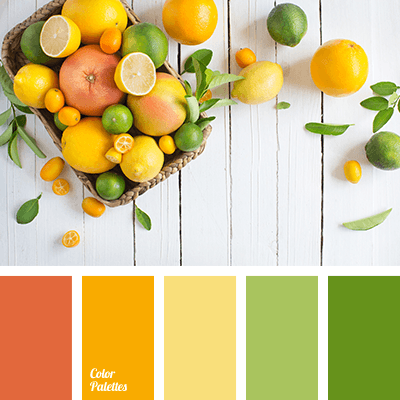
Cozy and Inviting: Forest Green
Deep and rich, forest green is the color of tranquility and the great outdoors. It’s perfect for creating a cozy and inviting atmosphere in your home. Consider using it in bedrooms or as an accent wall in the living room.
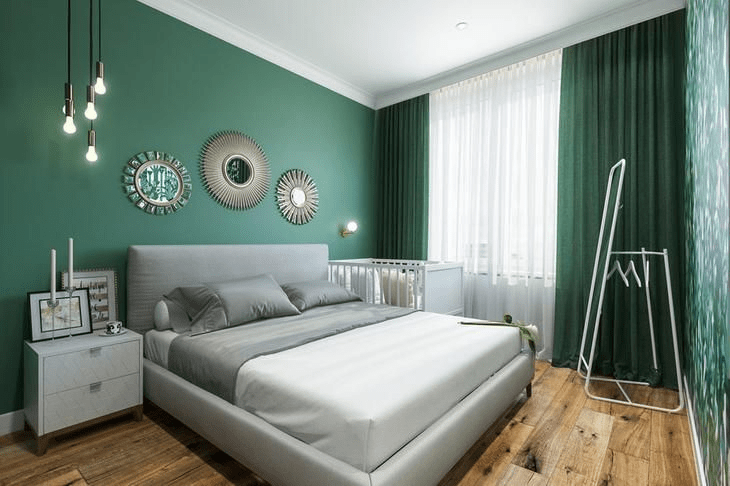
Elegant Simplicity: Monochromatic Palettes
Monochromatic color schemes, where various shades of a single color are used, offer an elegant and harmonious look. Whether it’s soft blues or muted pinks, this approach brings a sense of cohesion and simplicity to your interior design.
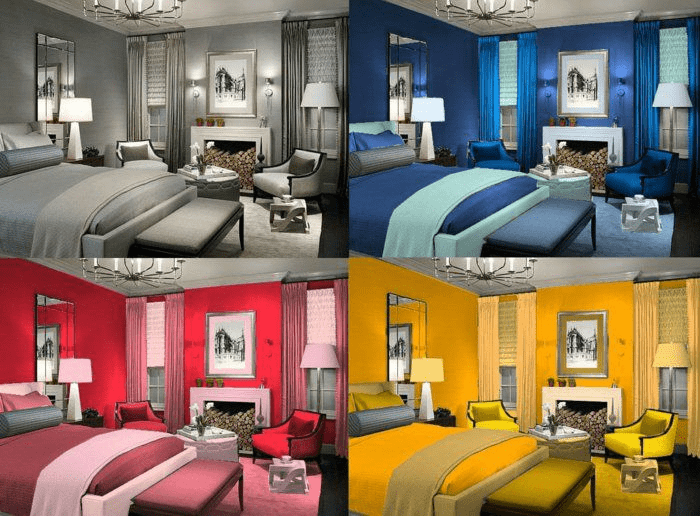
Luxurious and Bold: Jewel Tones
Jewel tones like emerald green, sapphire blue, and amethyst purple are all the rage in upscale interiors. These opulent colors add a touch of luxury and drama to your living spaces. Use them sparingly for a sophisticated look.
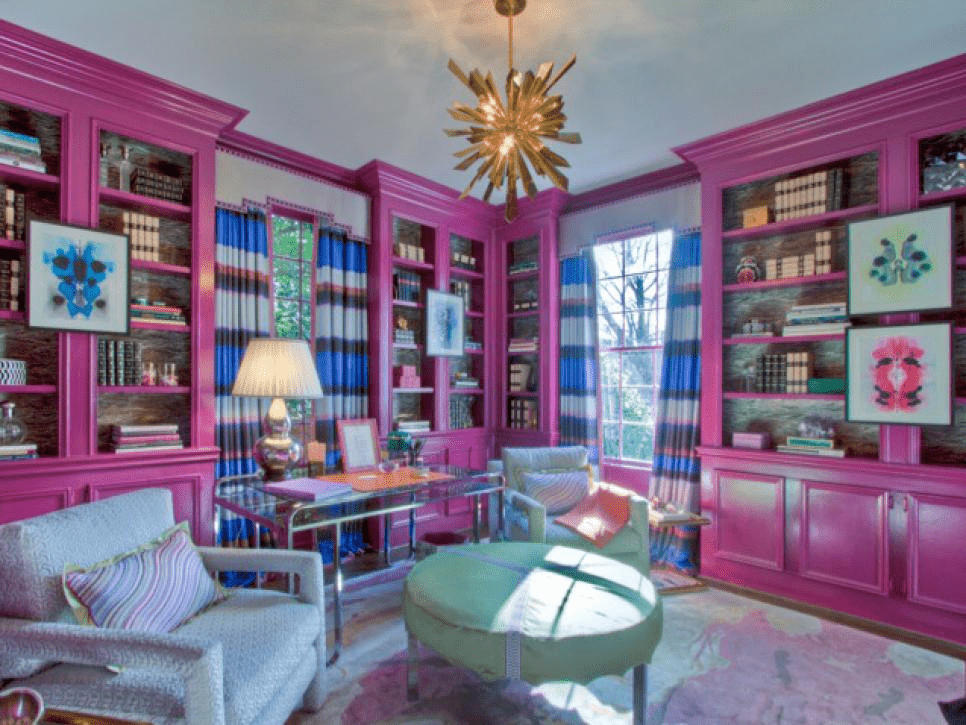
Minimalist Chic: Black and White
The timeless appeal of black and white never fades. This minimalist combination exudes sophistication and simplicity. Use black for contrast and white for a clean, airy feel.
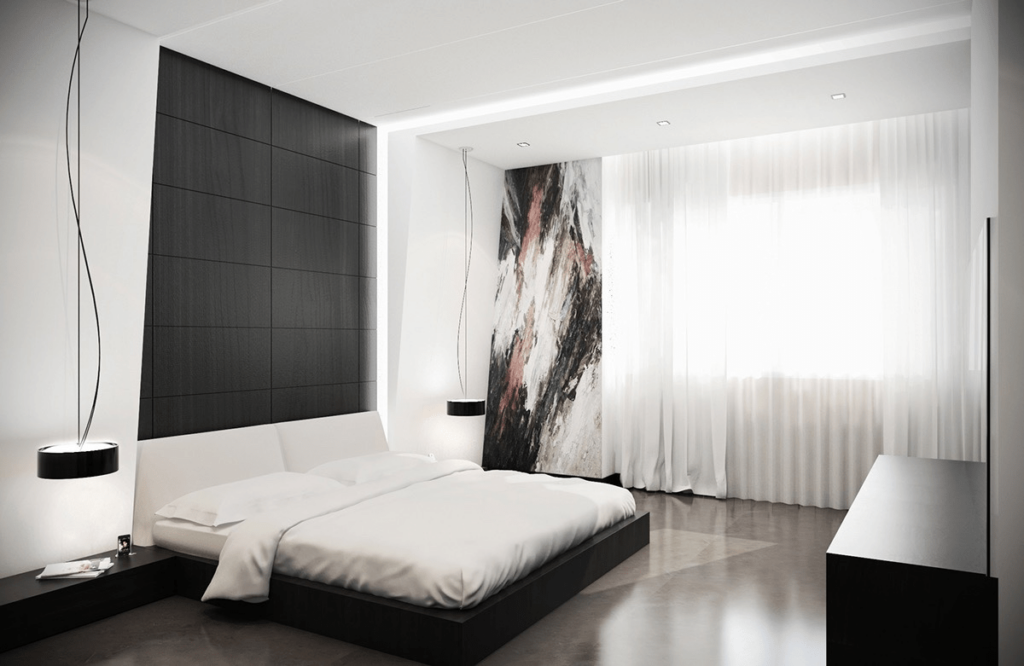
Balancing Act: Pastel Pairings
Pastel colors are making a comeback in a big way. Soft pinks, baby blues, and mint greens are being paired together for a balanced and soothing effect. Pastels are perfect for nurseries and bedrooms.

Nature’s Inspiration: Blues and Greens
Blues and greens inspired by nature continue to be popular choices. Whether it’s the serene blue of the sky or the lush green of the forest, these colors bring a sense of the outdoors inside.
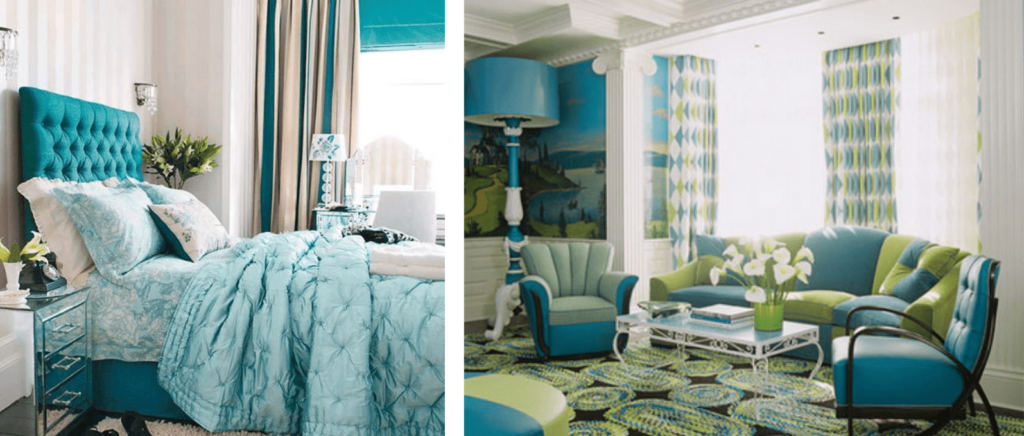
Soothing Retreat: Lavender and Lilac
Lavender and lilac, with their calming and soothing qualities, create a serene retreat in your home. These shades work wonders in bedrooms and meditation spaces.

Rustic Charm: Beige and Brown
For a rustic and down-to-earth ambiance, embrace beige and brown tones. These colors, inspired by natural wood and stone, bring warmth and comfort to your interiors.
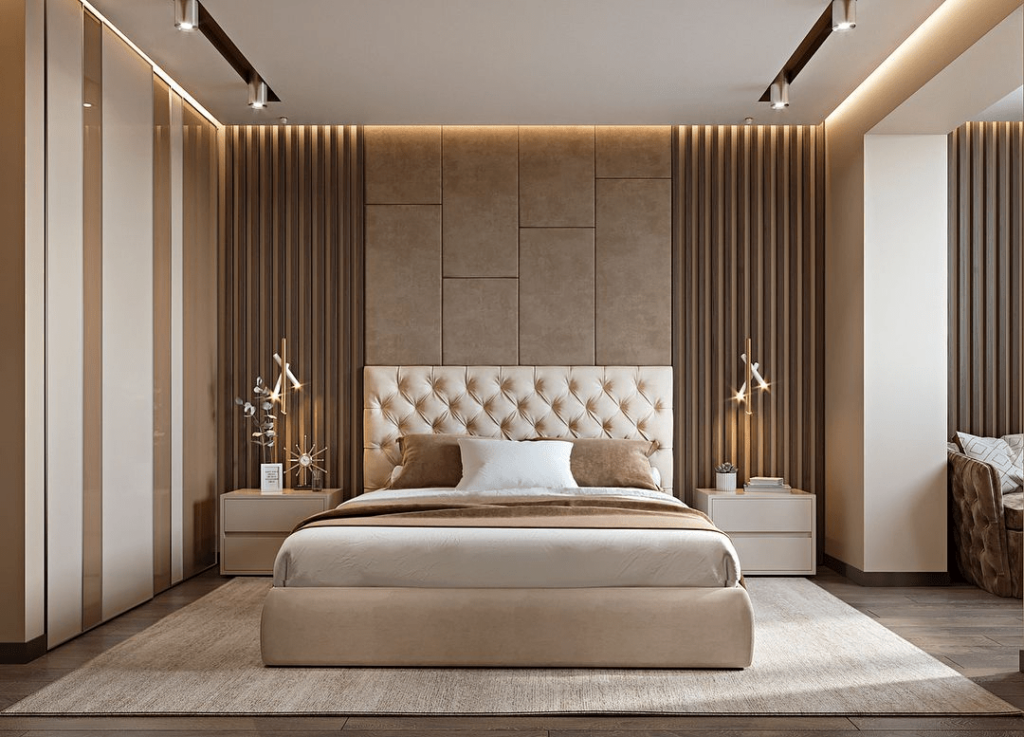
Personalizing Your Space
Your home should be a reflection of your personality and style. While it’s essential to consider design principles and color theory, don’t forget to inject your personal touch. Add artworks, photographs, and decor items that resonate with you and tell your unique story.
Bringing It All Together
As you start implementing your chosen color scheme, remember that interior design is a creative process. Don’t be afraid to experiment, trust your instincts, and enjoy the journey of transforming your space.
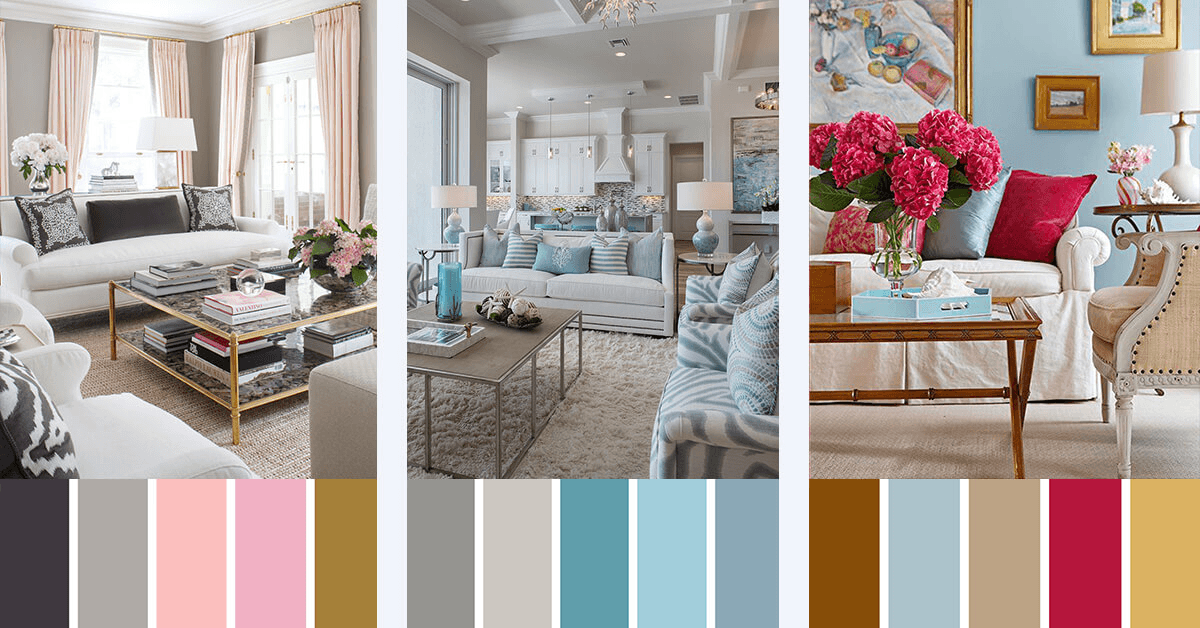
In this beginner’s guide to interior design color schemes, we’ve explored the fundamentals of color theory, the art of choosing the perfect color palette, and practical tips for bringing your vision to life. Remember that interior design is a personal expression of your style and personality. Embrace the power of color, and let your creativity flow as you embark on this exciting journey.
FAQs
How do I choose the right interior design color schemes for a small space?
In small spaces, it’s essential to opt for lighter colors to create a sense of openness and airiness. Consider soft pastels or neutral tones to make the room appear more spacious.
Can I mix different interior design color schemes in one house?
Yes, you can mix color schemes, but it’s crucial to maintain a sense of cohesion. Use a unifying element, such as a particular color or theme, to tie the various rooms together.
What are some trendy interior design color schemes for contemporary interiors?
Contemporary interior design often features a neutral base with bold pops of color, such as navy blue and emerald green. These accents add vibrancy and personality to modern spaces.
How can I make a room feel cozier with color?
To create a cozy atmosphere, choose warm and earthy tones like terracotta, deep reds, or warm grays. These colors evoke a sense of comfort and intimacy.
What are luxury colors for interior design?
Luxury colors for interior design often include deep, rich tones like jewel tones (emerald green, sapphire blue), elegant neutrals (taupe, charcoal), and metallics (gold, silver) to add a sense of opulence and sophistication to a space.
Where can I find inspiration for unique interior design color schemes?
You can find inspiration in interior design magazines, online platforms like Pinterest and Instagram, and by observing nature and the world around you. Don’t hesitate to draw from various sources to create a personalized color scheme.
What color scheme do interior designers use?
Interior designers use various color schemes, such as monochromatic (one color), complementary (opposite colors), analogous (adjacent colors), and more, depending on the design goals and preferences of their clients.
What is the 3 color rule in interior design?
The “3 color rule” suggests using three colors in a room’s color scheme: a dominant color, a secondary color, and an accent color. This helps create visual interest and balance.
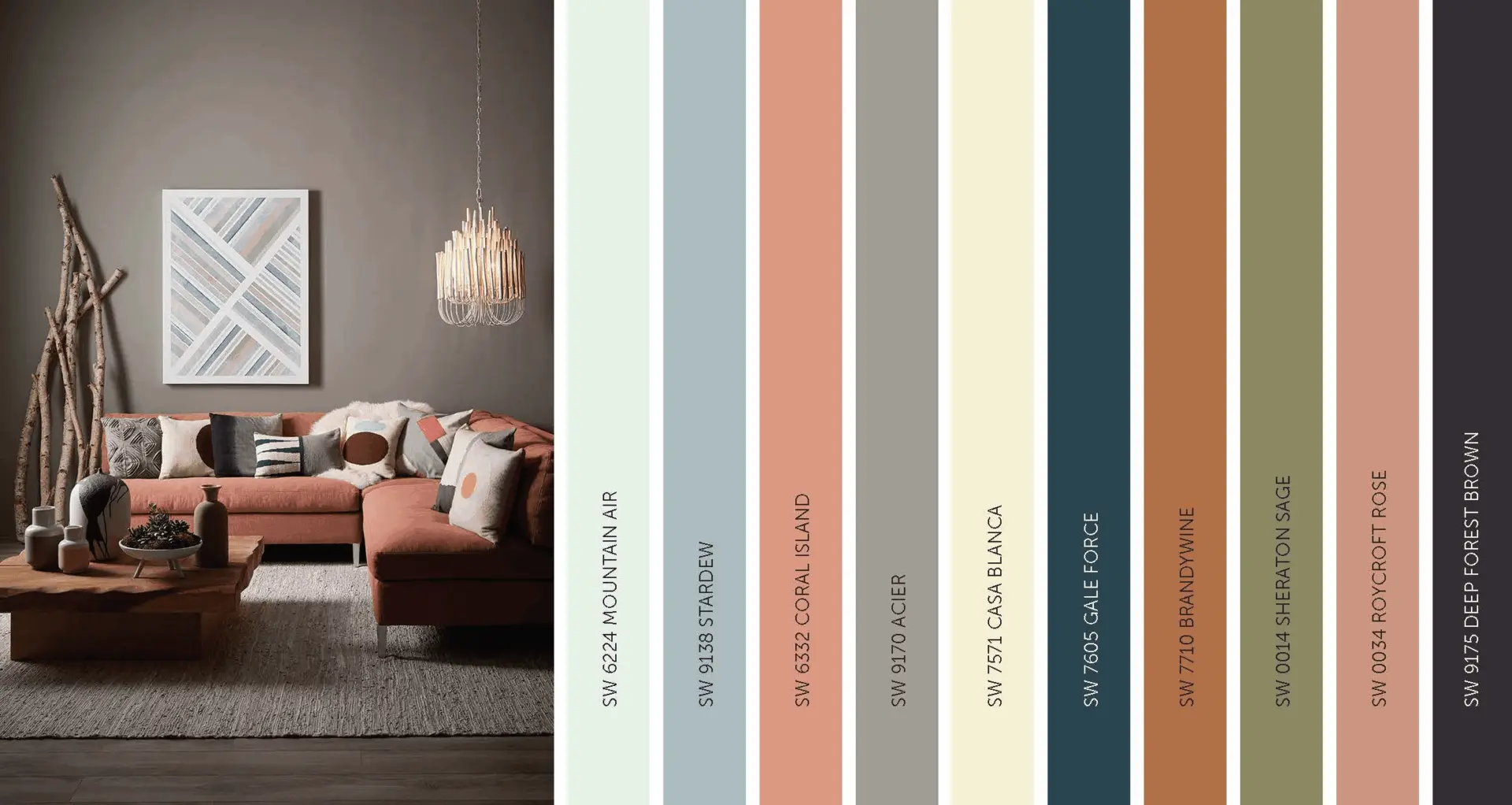

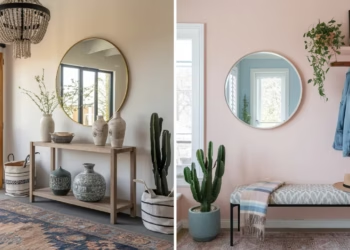
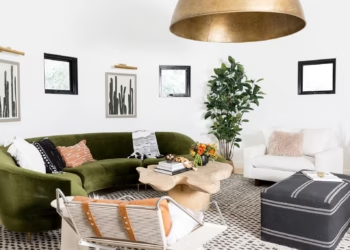
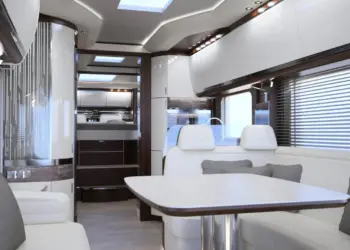
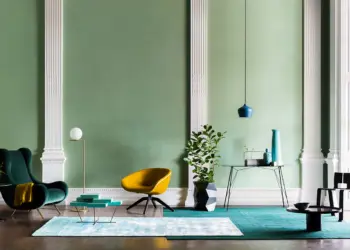
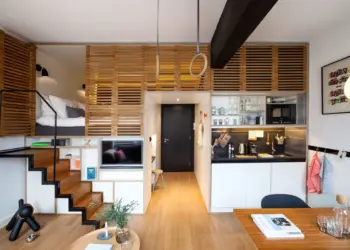




Working on a small vacation house that is 1000 square ft. The ceilings are only 7ft high. Already
Removed popcorn texture off ceilings. What are the best suggestions for a white are 3 whites for ceilings, trims and walls the kitchen cabinets are white.
Hi Judith! For a small space with 7ft ceilings, go with soft, bright whites to open it up. Try these combos:
Ceilings: Benjamin Moore Chantilly Lace (OC-65) – crisp and bright.
Walls: Sherwin-Williams Alabaster (SW 7008) – warm and soft.
Trim: Benjamin Moore Simply White (OC-117) – clean but not stark.
These work beautifully with white kitchen cabinets and keep the space feeling airy!